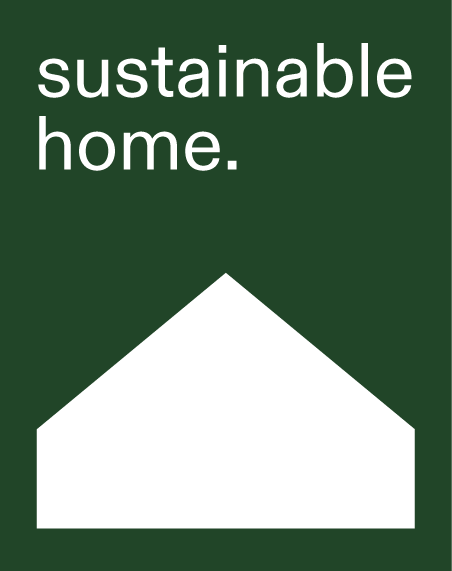Soft ’70s style can be summed up in four words; warm, tactile, low-slung, and fun.
We love the work of many architects from this era. Whether it’s the earthy projects of Alistair Knox and Graham Gunn or the colourful and wild late-mid-century houses of California, the common thread is that they look so robust, inviting and easy to live in.
We’re also not afraid of some very non-architectural ’70s inspiration and enjoy a bit of kitsch too! Most of us weren’t lucky enough to grow up in an architectural masterpiece and so a coloured laminate benchtop or some knick-knacks pinched from your Nana’s house probably evoke the ’70s for most people.
These moments of nostalgia make spaces feel warm and familiar so we like to embrace them.
Below we share some tips on how to embrace a contemporary take on this fun retro look at home.
Where to start
A low, modular sofa is probably the soft ’70s gateway drug. It seems harmless on its own, but watch out! If you get the bug, you’ll soon find yourself scouring op-shops for vintage lighting, attempting to grow Monsteras from cuttings and wondering ‘Shagpile? Gross or grouse?’
But, a modular is a good place to start because this style of sofa is very functional, easy to configure to suit a variety of spaces and generally super comfy. Many of the ‘originals’ from the 1970s are still in production but most of the Italian classics are a serious investment and you might think twice about having a TV dinner on one. Luckily there are plenty of sofas from local designers that draw on this style.
Keep it low
A fundamental of this look is also about drawing your eye down to the ground. A hallmark of ’70s interiors is a textural or interesting floor — think split levels with rich velvet carpets, cork, brick or quarry tiles. This is amplified by adding low seating, built-in elements, such as the tiled bench at Smith House, and floor lamps or low-hung pendants.
Pick furniture that will work for you and the way you live. Always sit on a sofa before you buy it. And think about how it will be used; will it double as a dog bed? Kids fort? Crumb collector? There are plenty of sofas that look great and disguise your toddlers fingerprints so don’t worry about putting practicality up at the top of your list.
The colour palette
We love warm and rich colour palettes. At Smith House, the afternoon sun bouncing off the amber tiles doesn’t just look beautiful, but it provides a warm, reflected glow to the whole space on a sunny day.
At our Bourke Street Apartment, when you’re sitting on the couch you feel almost perched in the tree tops, so we pulled the greenery inside, using deep green carpet to anchor the living space. 1970s spaces often use similar blocks of bold colour to complement timber and brick.
It doesn’t matter if it’s amber, orange, teal, crimson, royal blue or moss green, it just matters that it’s not half-hearted.
Texture, texture, texture
Texture is the key to this style. As architects, we always look to wrap texture into the actual building; incorporating timber, bagged or exposed brickwork or tactile flooring.
But if you’re working with a space that’s a little texture-less, consider adding a big rug that sits under your furniture and anchors the space. This can be bold; like a colourful, shaggy berber carpet or something more subdued in seagrass or jute.
‘Ongoing touches’
There is no such thing as finishing touches! This style is additive and only looks better when layered over time with life; books, art, plants, kids drawings on the wall and a bit of clutter in the kitchen.
Don’t try to nail it in one go. The most evocative spaces are ones that are built upon, evolve and reflect different times in your life. Look at what you already have and love, and then start adding larger, key pieces.
The ‘ongoing touches’ should come over time; when you fall in love with a painting or stumble over a bargain on a road-trip. Don’t be in a rush and trust your instincts. If you love it, that’s enough!
Additional moodboard credits (from left): Zephyr Vase from Few and Far. Winter Pool by James Riches from Brunswick Street Gallery. Szilvassy Ceramic Cup 012 – Tan (Tall) from Pan After. Pinch Vase by Kirsten Perry from Saint Cloche. Hartley Cushion from Few and Far. Barro Oval Dish – Large Natural from HAY. Barro Cup – Natural (Set of 2) from HAY.




























































































